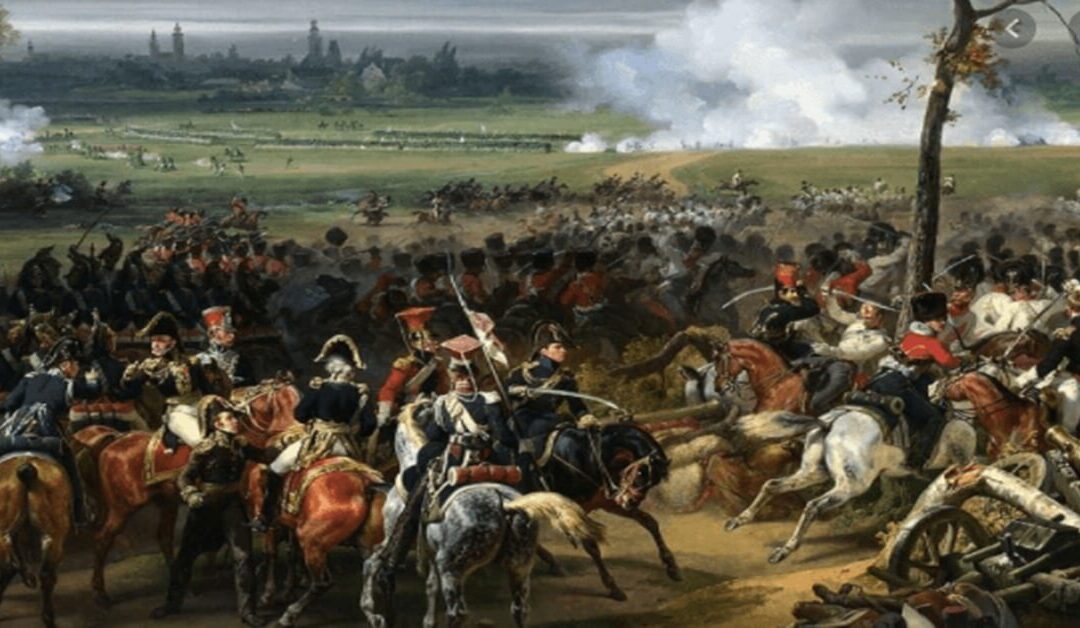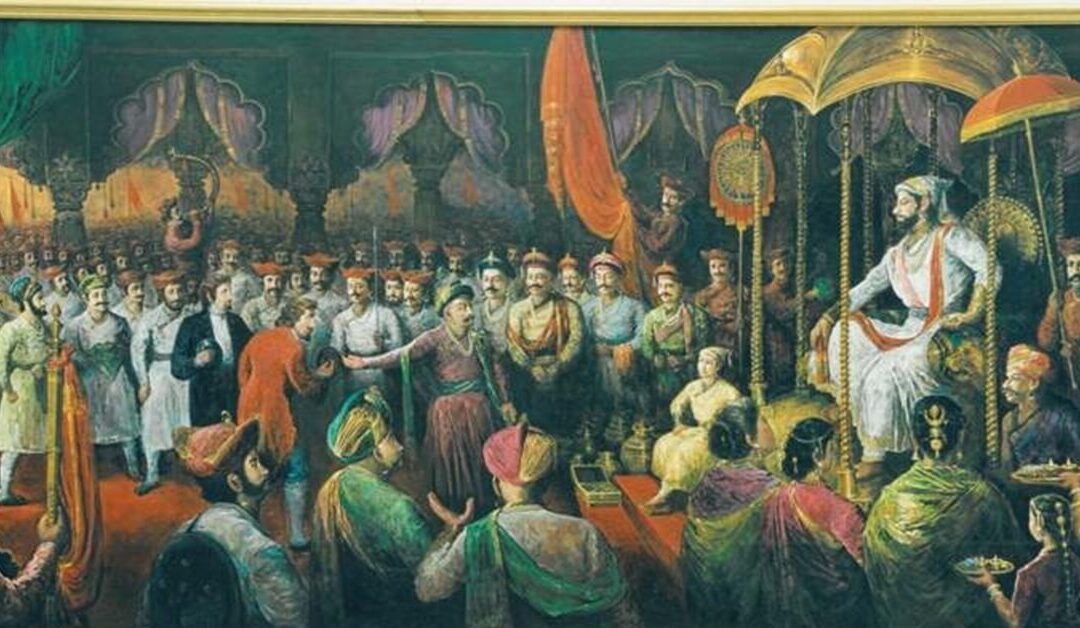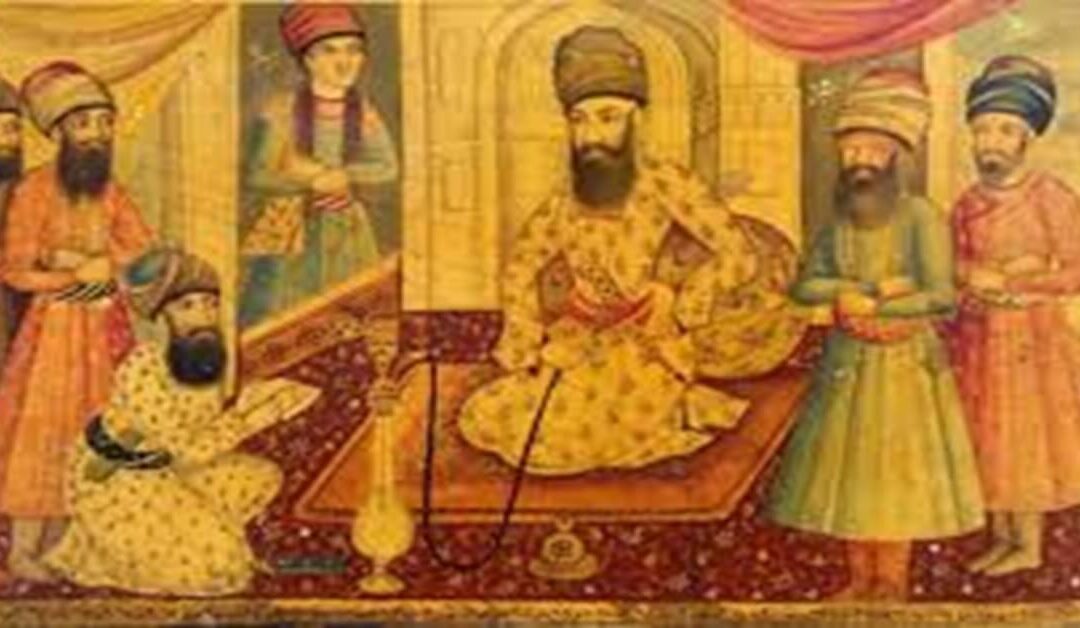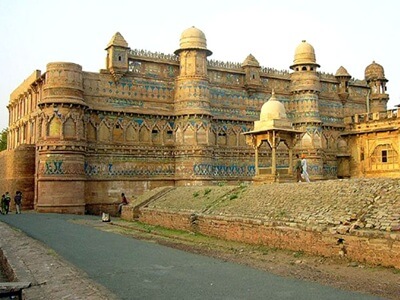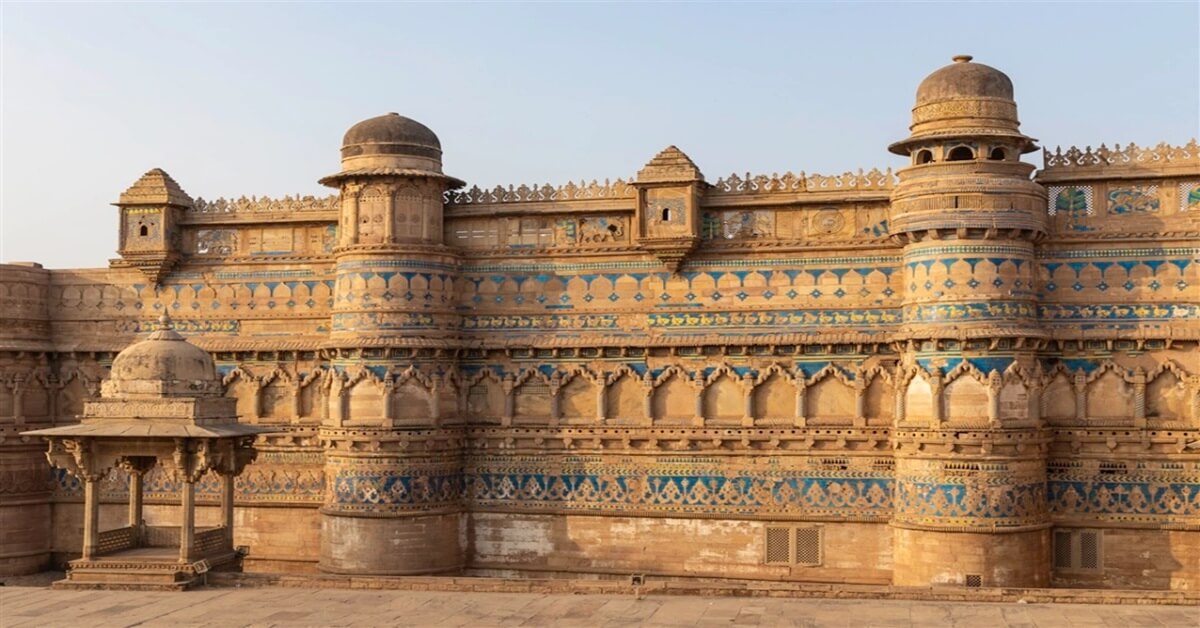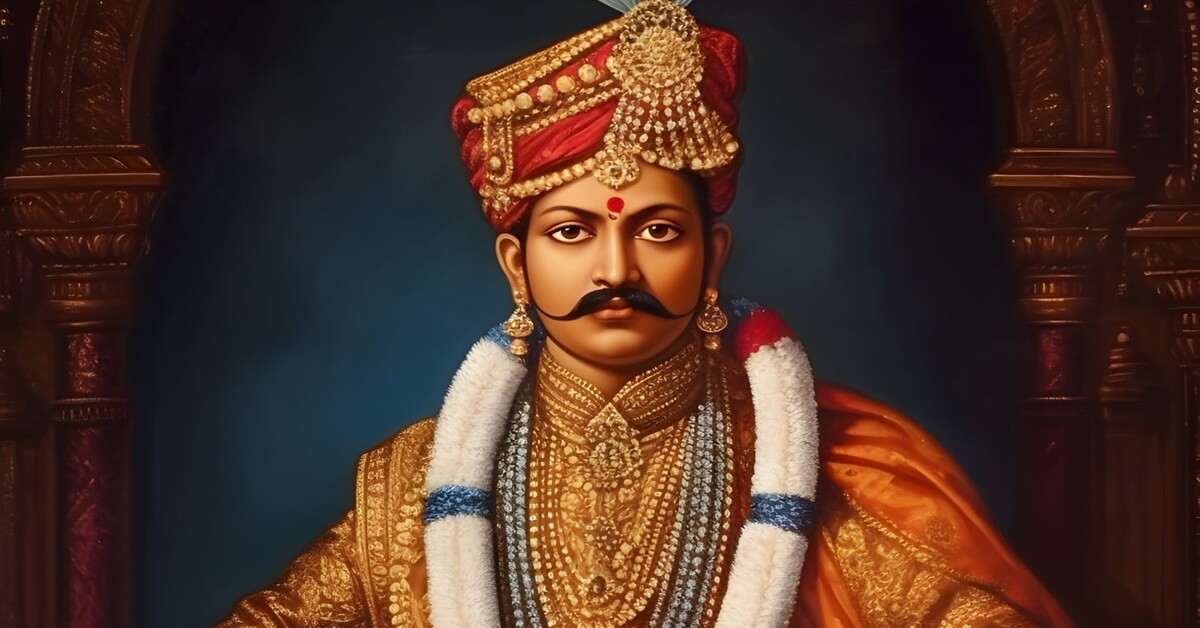
Life & Teachings of Kabeer
Kabir's Life: A Mystical Beginning
Kabir’s birth is wrapped in mystery, with many legends surrounding his origins. Historical records suggest he was born in 1440 A.D. in Benares (now Varanasi). One legend recounts that his widowed Brahmin mother, fearing societal dishonor, abandoned him near a tank in the holy city. Miraculously, the infant survived, nourished by honey droplets falling from a nearby tree.
Early one morning, a poor Muslim weaver named Niru and his wife Neema heard the cries of the abandoned child. Moved by compassion, they adopted the boy and raised him as their own, despite their humble circumstances. Though Niru’s poverty prevented formal education, Kabir showed an extraordinary inclination toward spirituality and religion from a young age.
Kabir's Quest for Spiritual Understanding
Kabir’s early curiosity revolved around profound questions about life, death, and the existence of God. He believed in the unity of all religions and sought knowledge from both Hindu and Muslim saints. His association with the renowned saint Ramananda had a significant influence on his spiritual journey. Ramananda became his teacher, shaping Kabir’s philosophy and devotion.
Though Kabir led the life of a common man, marrying and raising two sons, his days were devoted to religious discussions. His magnetic personality and saintly qualities attracted followers from diverse communities. These disciples, known as Kabirpanthins, documented his teachings, which were later compiled into a book called ‘Bijak.’ Kabir’s teachings, expressed through simple Hindi couplets known as ‘Dohas,’ resonated deeply with people from all walks of life.
Kabir's Death and Legacy
Kabir passed away in 1518 A.D., and even his death became the subject of legend. Both Hindus and Muslims claimed his body for their respective rituals. However, when the shroud was lifted, only flowers were found, symbolizing unity. Hindus cremated some of the flowers in Varanasi, while Muslims buried the rest in Maghar, Gorakhpur.
Kabir's Teachings: A Philosophical Overview
1. Love: The Binding Force
Kabir championed love as the ultimate force capable of uniting humanity. He dismissed meaningless rituals and practices in Hinduism and Islam, emphasizing that love and compassion were the only paths to a harmonious world. His teachings urged people to reject hatred and embrace universal brotherhood.
2. God: The Universal Entity
For Kabir, God was an all-encompassing entity addressed by various names, including Ram, Rahim, Govind, Allah, and Hari. His favorite term for God was ‘Saheb.’ He believed that God was omnipresent, formless, and infinite. Kabir preached monotheism, asserting that God could only be reached through love and devotion, not through rituals or ceremonies.
3. The Teacher (Guru): The Guiding Light
Kabir revered the role of the Guru (teacher), equating the Guru with God. He believed that a Guru illuminates the path to spiritual enlightenment. In his famous couplet, Kabir wrote:
“Guru Govind Dou Khade, Kaku Lagun Pai;
Balihari Guru Apane, Jin Govind Diyu Batal.”
(Translation: “When both Guru and God stand before me, I bow to the Guru first, for it is through the Guru that I found God.”)
4. The Path of Bhakti
Kabir was a central figure in the Bhakti Movement, advocating devotion (Bhakti) as the sole means to attain God. He taught that pure love and devotion, devoid of rituals, were sufficient for spiritual fulfillment. Total surrender to God, with a pure heart, was the essence of his philosophy.
5. The Soul: The Creator and the Created
Kabir held profound views on the soul, describing it as the essence of life, knowledge, and the ultimate creator. He emphasized that despite superficial differences, the soul remained one and indivisible, symbolizing universal unity.
6. The Impermanence of the World
Kabir reminded his followers of the transient nature of worldly things. He emphasized that life, like all material objects, was fleeting, and the only eternal reality was God. In one of his famous verses, he wrote:
“Chalti Chaki Dekh Kar, Diya Kabira Roy;
Dau Patan Ke Beech Mein, Sabit Bacha Na Koi.”
(Translation: “Watching the grinding stones of life, Kabir wept; between the two stones, nothing survives.”)
7. Salvation: The Ultimate Goal
Kabir described salvation (Moksha) as freedom from the cycle of birth and death. He likened it to a drop of water merging with the ocean, symbolizing the soul’s union with the cosmic spirit.
Kabir's Social Reforms
Opposition to the Caste System
Kabir fiercely opposed the caste system and untouchability, emphasizing the equality of all beings in God’s eyes. He condemned the worship of idols and meaningless rituals, advocating for a direct connection with God.
On Human Nature
Kabir criticized human tendencies to remember God only during times of distress. He encouraged consistent devotion, emphasizing that remembering God in good times shields one from sorrow.
The Ideal Saint
Kabir defined a saint as one who discards trivial pursuits and seeks the kernel of knowledge within themselves. He believed that self-purification and enlightenment were achievable without temples or mosques.
Kabir's Legacy
Kabir’s simple yet profound teachings left an indelible mark on Indian society, influencing the Bhakti Movement and inspiring countless followers. His Dohas continue to resonate with their universal appeal, emphasizing love, unity, and devotion.
As Kabir beautifully expressed:
“O seeker, where dost thou seek me?
Lo, I am beside thee!
I am neither in temples nor in mosques.
If thou art a true seeker, thou shall see me in an instant.”
Kabir’s timeless wisdom remains a guiding light for seekers of truth and unity across the globe.

